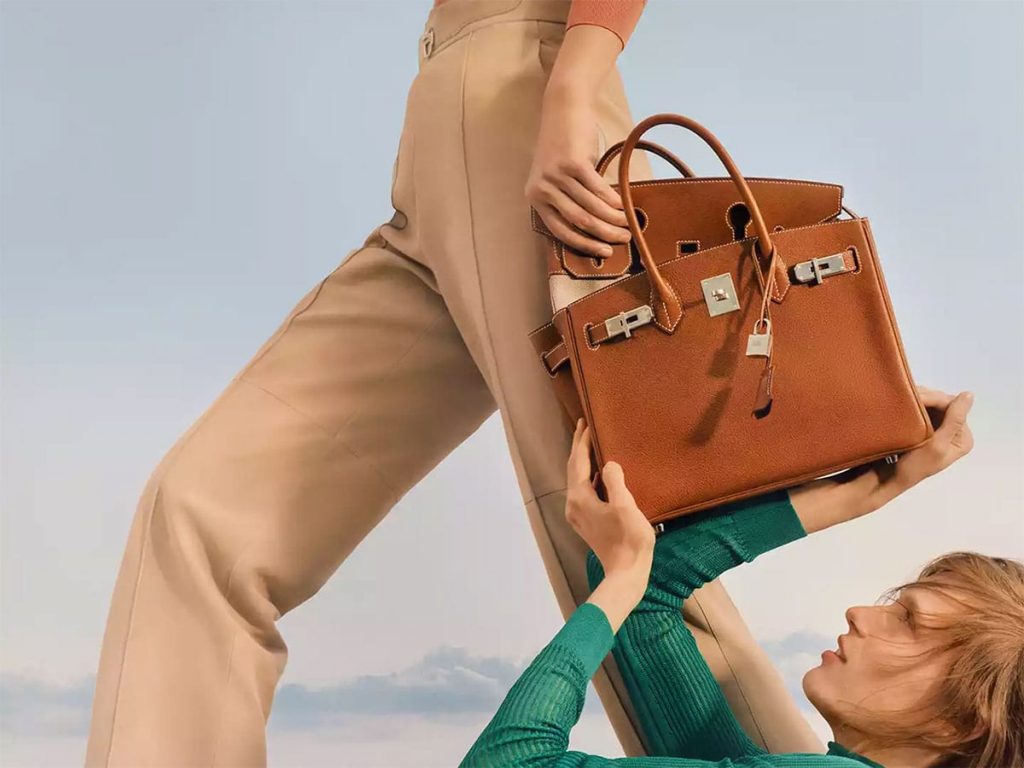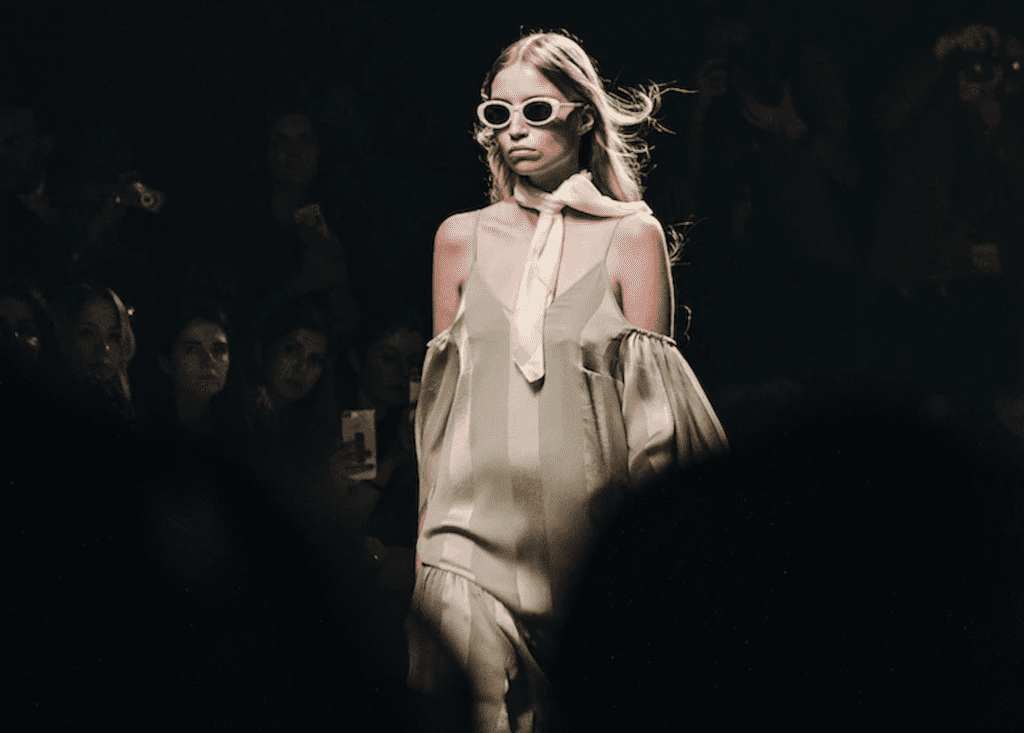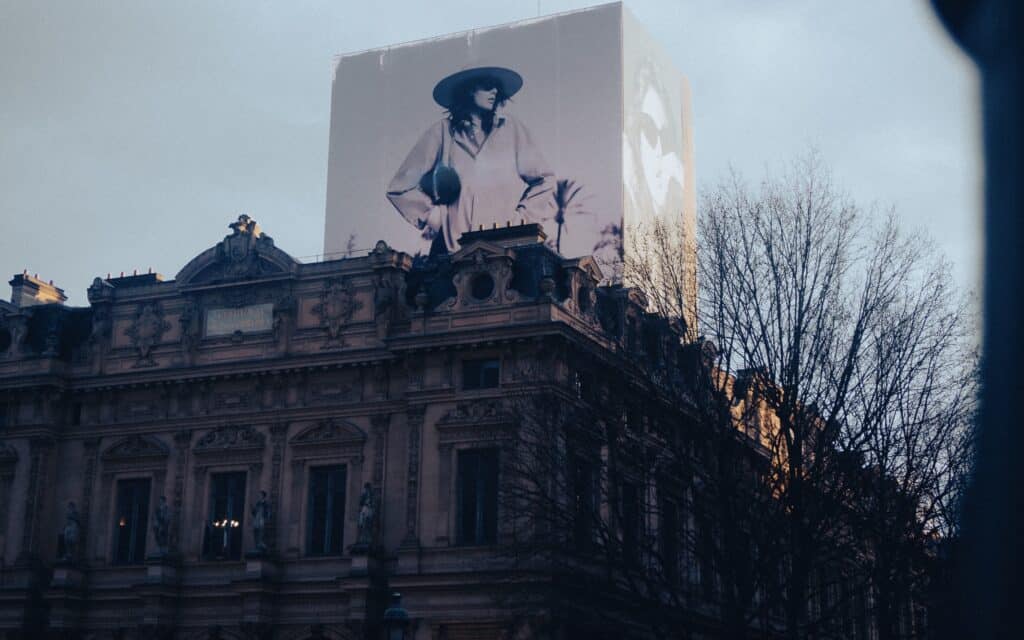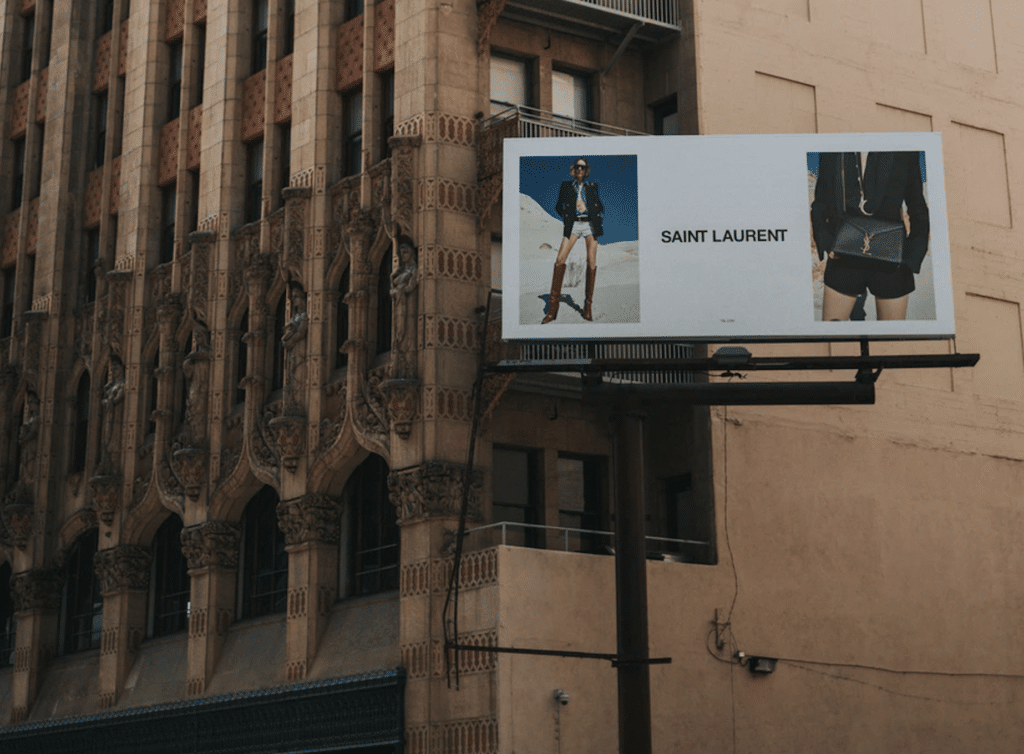What are the strongest brands in the world? They are “not Apple or Mercedes-Benz or Coca-Cola,” according to Scott Galloway. Neither Louis Vuitton, Hermès, or Chanel nor Rolex or Ferrari will be found at the top of that list, either. Instead, the New York University Stern School of Business professor says that the world’s strongest brands are not fashion brands or leather goods companies; they are elite academic institutions, such as Massachusetts Institute of Technology, the University of Oxford, and Stanford University.
In at least one key way, what these schools are selling is a whole lot like what some of the aforementioned named as peddling: scarcity. In much the same way as Hermès’ president and CEO for the Americas Robert Chavez attributes much of the 187-year old leather goods brand’s success to its “very limited distribution strategy,” Galloway told the Intelligencer that top tier universities get a lot of “gratification” – and ultimately, maintain their enduring prowess in the market – when their “deans stand up in front of the faculty and say, ‘This year, we didn’t reject 85 percent of applicants; we rejected 87 percent!’”
Highly-competitive schools thrive on – and to a large extent, are measured by – their selectivity, and so, they limit their admission percentages to small figures, in some cases going so far as to “manipulate the numbers” in order to appear even more prestigious, Christoph Guttentag, the dean of undergraduate admissions at Duke, told the New York Times several years ago. In doing so, they presumably drive global demand even further.
“In 2003, Harvard and Princeton drew exclamations of dismay (from prospective applicants), envy (from other colleges) and satisfaction (from those they accepted) when they became the first top universities to have their admission rates dip below 10 percent,” the Times’ Richard Pérez-Peña wrote in 2014. “Since then, at least a dozen schools have gone below that threshold.”
Instead of expanding the number of spots to coincide with the growing pool of high-achieving applicants, many schools have opted to rarify themselves further. Sound familiar?
Hermès, Rolex & Ferrari, Too
The notion of manufacturing scarcity (at least, to some extent) is the bread-and-butter of some of the most well-known names in the luxury world. This is precisely why Hermès closely guards its $10,000-plus Birkin bags, along with figures about how many are made and how exactly a consumer can go about getting one, despite the fact that it makes an estimated 70,000 every year, with a million-or-so currently in circulation, per Bernstein analyst Luca Solca (with no shortage available for purchase on luxury resale sites like The RealReal).
Creating the mystique around the bag – and the brand – involves ensuring “the delicate balance between making few enough to keep consumers hungry and enough to keep the brand’s profile high,” Brooke Unger wrote for The Economist’s 1843 magazine a few years ago. The Birkin and its sister bag, the Kelly, “need to be big enough for people to know about them, but not so big that their value is undermined.” With that in mind, she writes: “The perception of exclusivity thus depends on a ratio: the number of people who want something compared with the quantity available to satisfy that demand.”
To date, the balance has worked. At one point in the not too distant past, there was a long-held myth that Hermès maintained waiting lists for the coveted “it” bags because demand was so high; that has since been chalked up to a myth, but one that only added to the allure of the eye-poppingly expensive handbags. As Michael Tonello, the author of the 2008 book, Bringing Home the Birkin, has revealed, the list is more fiction than reality. The brand’s stores “all have Birkin bags in the back,” he says, and consumers can get their hands on them if they simply shell-out enough on the brand’s other offerings – i.e., homewares, shoes, silk scarves, etc.
And as a former Hermès employee (speaking anonymously because of the nondisclosure agreement he signed with the company) told me in an article for the New York Times, the waiting list is a thing of the past, in large part “because so many people wanted these bags, a list simply became unmanageable.” Hermès, of course, does not explicitly speak to how a consumer might nab one of these coveted bags, more than a million of which are currently in the market, according to Bernstein analyst Luca Solca.
Generating Revenue, Creating Mystique
This model – which largely centers on the notion that “people want things that not a lot of people can get, and once something becomes very, very saturated that luxury customer doesn’t really want that anymore,” as Chavez put it – is not the only one of its kind. In fact, it does not differ all that much from Rolex’s. As the story goes, the Swiss watch company makes it nearly impossible for consumers to purchase a brand new Daytona model without first spending on other watches from its lineup and building up a relationship with a sales associate in the process. The result – which is notably similar to the hoops that Hermès makes wannabe Birkin and Kelly bag buyers jump through – generates revenue, gives rise to mystique, and creates near-constant demand.
Not to be outdone, Ferrari is famous for carefully calculating consumer desire and strictly limiting supply (or maybe vice versa). As the automaker’s late chairman Sergio Marchionne famously said back in 2015, the 80-year old car company was “founded on one simple principle: you produce one car less than the demand for the vehicle.” More recently, Ferrari’s Chief Marketing and Commercial Officer Enrico Galliera elaborated, saying, “Ferrari focuses on exclusivity, and sometimes this means making customers wait for their car—to dream about their car.”
And this goes back to Galloway’s point: “the ultimate vehicle for a luxury item” – whether that be a six-figure sports car or an elite college education – “is to massively and almost artificially constrain supply.” Birkin bags are $12,000 because “they create the illusion of scarcity. I’ll have 170 kids in my brand-strategy class in the fall. We charge them $7,000 per student. That’s $1.2 million that we get for 12 nights of me in a classroom. $100,000 a night. The gross margins on that offering are somewhere between 92 and 96 points,” he says.
“There is no other product in the world that’s been able to sustain 90-plus points of margin for this long at this high of a price point. Ferrari can’t do it. Hermès can’t do it. Apple can’t do it. Apple’s gross margins are 38 points. Hermès and luxury goods are somewhere between 50 and 60 points.” In short, Galloway’s point is this: “There has never been a luxury item that’s been able to garner the type of gross margins as university education,” which means that it is not the 183-year old leather goods houses or the tech giants of the world that have the strongest brands, but it is education institutions that take the crown.
*This article was initially published in May 10, 2020.











